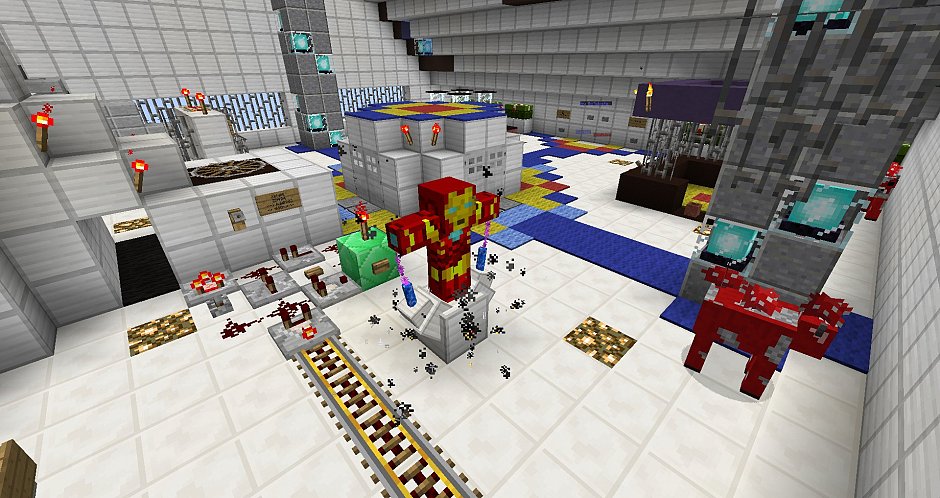Reshebnik Po Anglijskomu Yaziku Nikolenko Koshmanova

En Wholesaling and retailing and mail order services relating to the sale of electronic and computer games, cinematographic films, lights, fans, cooking utensils, cake and pastry moulds, toasters, ovens, kitchen utensils, utensils and containers for serving or storing food and/or beverages. Infectious mononucleosis, or 'mono', is an infection usually caused by the Epstein-Barr virus. The virus spreads through saliva, which is why it's sometimes called 'kissing disease.' Mono occurs most often in teens and young adults. However, you can get it at any age. Symptoms of mono include.
Abstract Following the growth and geographic expansion of wolf ( Canis lupus) populations reintroduced to Yellowstone National Park and central Idaho in 1995–1996, Rocky Mountain wolves were removed from the endangered species list in May 2009. Idaho and Montana immediately established hunting seasons with quotas equaling 20% of the regional wolf population. Combining hunting with predator control, 37.1% of Montana and Idaho wolves were killed in the year of delisting. Hunting and predator control are well-established methods to broaden societal acceptance of large carnivores, but it is unprecedented for a species to move so rapidly from protection under the Endangered Species Act to heavy direct harvest, and it is important to use all available data to assess the likely consequences of these changes in policy. For wolves, it is widely argued that human offtake has little effect on total mortality rates, so that a harvest of 28–50% per year can be sustained.
Using previously published data from 21 North American wolf populations, we related total annual mortality and population growth to annual human offtake. Contrary to current conventional wisdom, there was a strong association between human offtake and total mortality rates across North American wolf populations. Human offtake was associated with a strongly additive or super-additive increase in total mortality. Population growth declined as human offtake increased, even at low rates of offtake. Finally, wolf populations declined with harvests substantially lower than the thresholds identified in current state and federal policies. These results should help to inform management of Rocky Mountain wolves.
Yes in fact i'm using the super-class pointer to handle metadata construction using the native threading bus model which is pretty complicated but basically it can send remote procedure calls via DBus with the C++ pure virtual classes it's very powerfull. However I can't compile it for Mac; if you want to help, see the GitHub page. It was initially created for my own mod (WebDisplays) but I decided to turn it into an open-source API so that other modders may also use JCEF while staying compatible with WebDisplays. WARNING: Right now only Windows is supported; I'll compile it for Linux as soon as possible.  Example of uses: - Make a nice HTML5+CSS3+JS user interface - Show your wiki to help your players - Show your server's online shop, etc.
Example of uses: - Make a nice HTML5+CSS3+JS user interface - Show your wiki to help your players - Show your server's online shop, etc.
Citation: Creel S, Rotella JJ (2010) Meta-Analysis of Relationships between Human Offtake, Total Mortality and Population Dynamics of Gray Wolves ( Canis lupus). PLoS ONE 5(9): e12918.
Contoh database access. Editor: Geoffrey Clayton Trussell, Northeastern University, United States of America Received: April 30, 2010; Accepted: August 22, 2010; Published: September 29, 2010 Copyright: © 2010 Creel, Rotella. This is an open-access article distributed under the terms of the Creative Commons Attribution License, which permits unrestricted use, distribution, and reproduction in any medium, provided the original author and source are credited.
Funding: This work was funded by the National Science Foundation. The funders had no role in study design, data collection and analysis, decision to publish, or preparation of the manuscript. Competing interests: The authors have declared that no competing interests exist. Status of US Wolf Populations Following their extirpation by direct harvesting across most of the United States, gray wolves ( Canis lupus) were among the 14 mammals originally listed by the U.S. Fish and Wildlife Service under the Endangered Species Preservation Act of 1966.
This legal protection was renewed under the Endangered Species Act of 1973, and wolves are now considered endangered in 16 states. Following steady growth of the wolf population of the Western Great Lakes region, this population segment was down-listed to threatened status in 1978. A proposal for delisting in Minnesota and Michigan was initiated in 2000 and remains under legal appeal. Following reintroduction into Yellowstone National Park and central Idaho in 1995–1996, wolves in the Northern Rocky Mountains Recovery Area grew to a minimum of 1,645 wolves at the end of 2008. This population segment (including all or parts of Idaho, Montana, Oregon, Utah, Washington, Wyoming) was delisted in 2009, a decision that also remains under appeal. Legal authority for wolf management passed from the US Fish and Wildlife Service to state agencies in this region, and public hunting seasons were initiated in Idaho and Montana, with quotas of 255 (220+35 within the Nez Perce Tribal Treaty Area) and 75 wolves, respectively –.